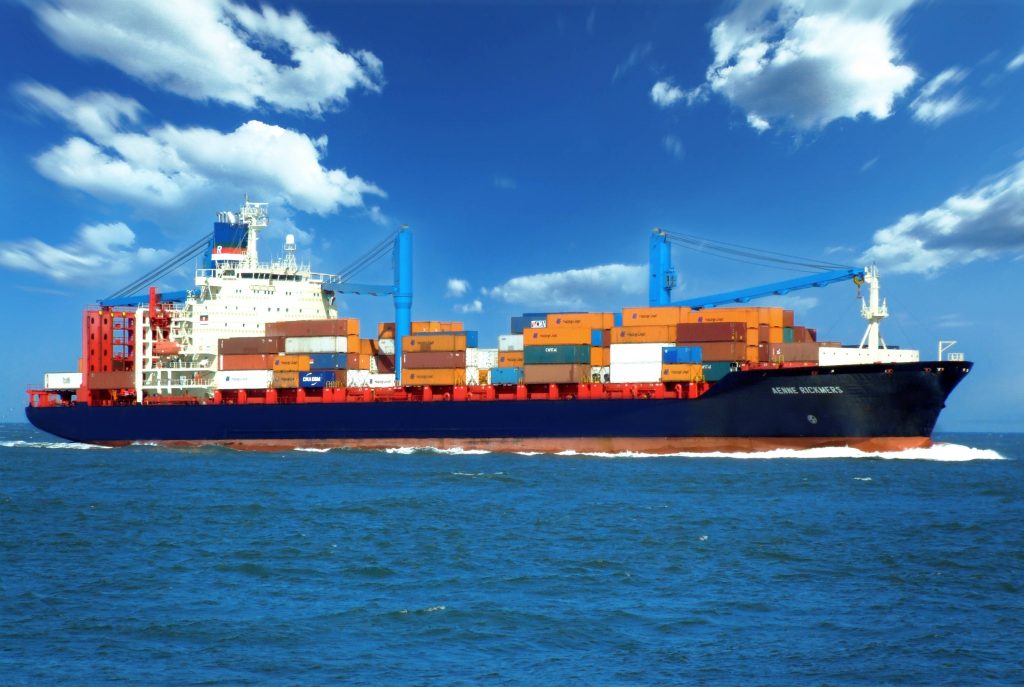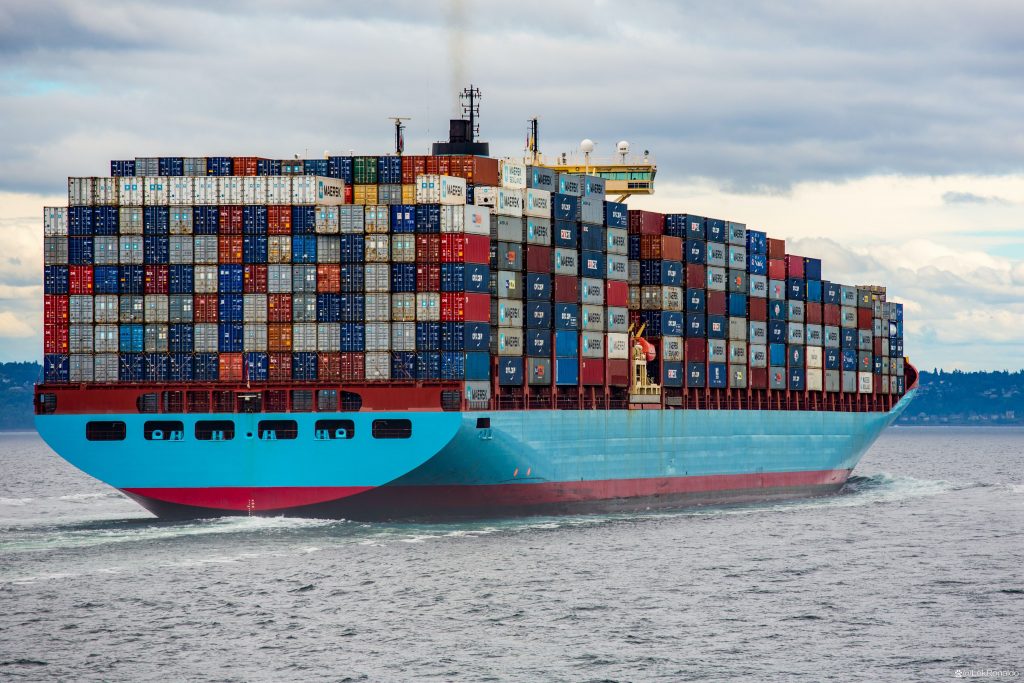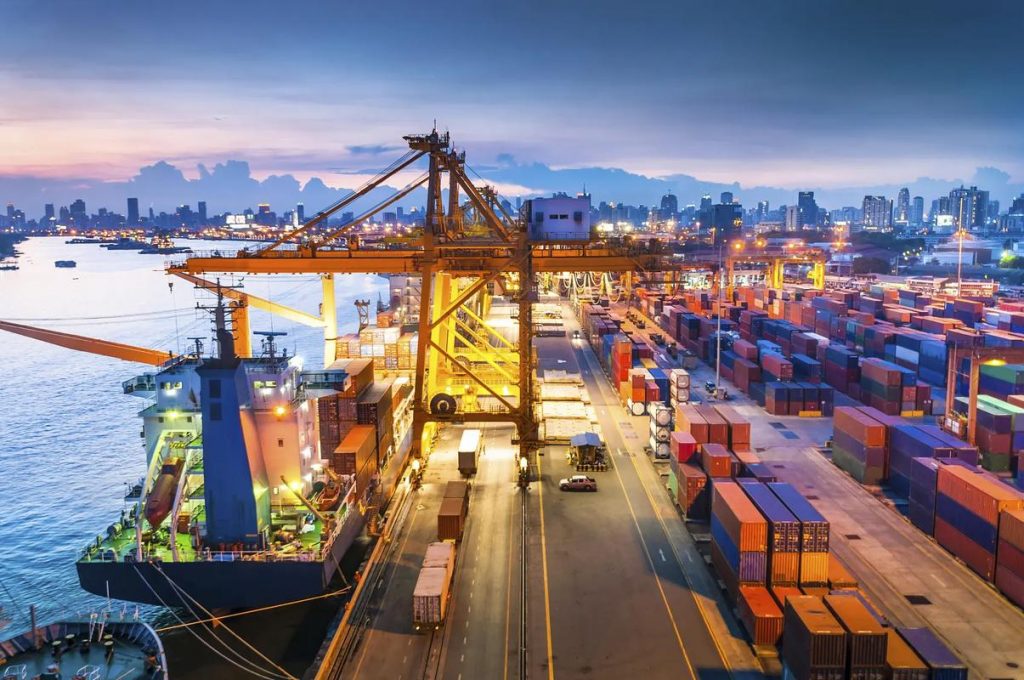
China Freight Forwarding 
China Freight Forwarding 
China Freight Forwarding 
China Freight Forwarding
The global logistics landscape is undergoing a seismic shift driven by technological advancements, evolving regulatory frameworks, and heightened environmental awareness. For freight forwarders, staying ahead requires a strategic blend of innovation, adaptability, and a commitment to sustainability. This article explores key trends shaping the industry and highlights actionable strategies for success in a competitive market.
- Embracing Digital Transformation
The integration of digital tools has become a cornerstone of modern freight forwarding. Technologies such as IoT-enabled sensors, AI-driven route optimization, and blockchain-based documentation systems are revolutionizing supply chain visibility and efficiency. For instance, real-time tracking powered by IoT allows stakeholders to monitor shipments at every stage, reducing delays and enhancing transparency. Meanwhile, AI algorithms analyze historical data and market trends to predict disruptions, enabling proactive decision-making.
Freight forwarders must also prioritize data integration across their operations. Cloud-based platforms that consolidate information from carriers, customs authorities, and clients streamline communication and minimize errors. By adopting these technologies, logistics providers can deliver faster, cost-effective solutions while building trust with clients.
- Sustainability as a Competitive Edge
The pressure to reduce carbon footprints is reshaping logistics practices. Clients increasingly demand eco-friendly alternatives, from carbon-neutral shipping options to recyclable packaging materials. Forwarders can respond by partnering with carriers that use electric or hydrogen-powered vehicles, optimizing routes to minimize fuel consumption, or offsetting emissions through verified carbon credit programs.
Sustainability also extends to warehousing practices. Implementing energy-efficient lighting, solar power systems, and automated inventory management can significantly lower environmental impact. Highlighting these initiatives in marketing materials not only attracts eco-conscious clients but also aligns with global goals like the Paris Agreement.
- Adapting to Shifting Client Expectations
Modern clients expect more than just cost-effective shipping; they demand end-to-end solutions tailored to their unique needs. This includes flexible payment terms, customizable reporting dashboards, and 24/7 customer support. Forwarders should invest in training teams to provide consultative advice, helping clients navigate complex regulations (e.g., customs compliance in emerging markets) or identify cost-saving opportunities.
Additionally, the rise of e-commerce has amplified the need for last-mile delivery excellence. Collaborating with regional logistics networks or investing in micro-fulfillment centers can help meet the demand for faster, reliable deliveries without compromising sustainability goals.
- Mitigating Risks in a Volatile Environment
Geopolitical tensions, trade wars, and natural disasters continue to disrupt global supply chains. Forwarders must build resilience by diversifying transportation modes (e.g., combining sea freight with rail or air), maintaining buffer inventory where feasible, and staying informed about regulatory changes. Scenario planning exercises can prepare teams to respond swiftly to unforeseen challenges. Conclusion
The future of freight forwarding lies in balancing innovation with responsibility. Companies that leverage technology to enhance efficiency, adopt sustainable practices, and prioritize client-centric services will emerge as industry leaders. By fostering agility and continuous improvement, logistics providers can not only adapt to change but also drive progress in an increasingly interconnected world.
In this dynamic environment, success hinges on the ability to anticipate trends, embrace transformation, and deliver value beyond expectations—core pillars that define excellence in global logistics.






